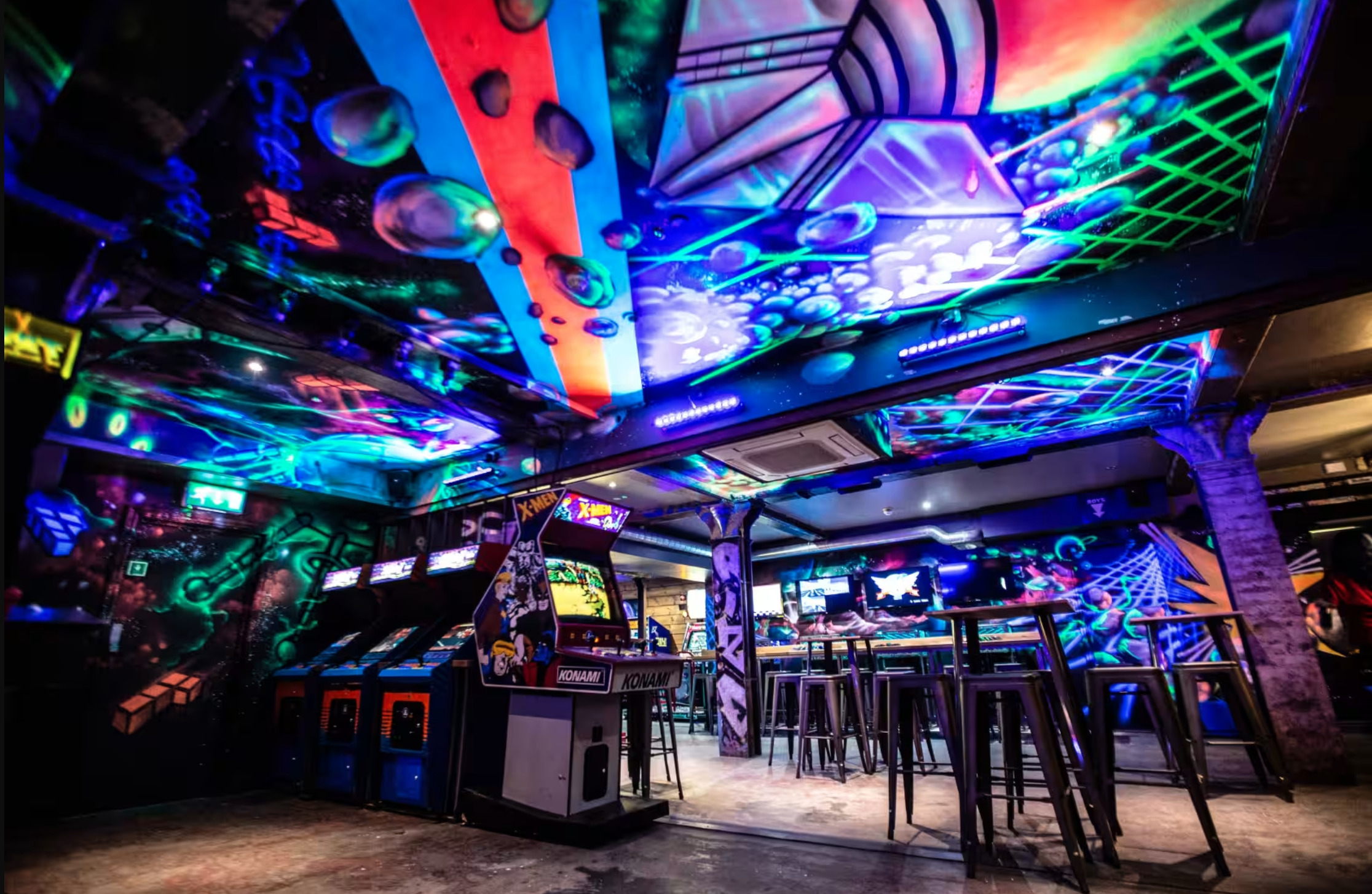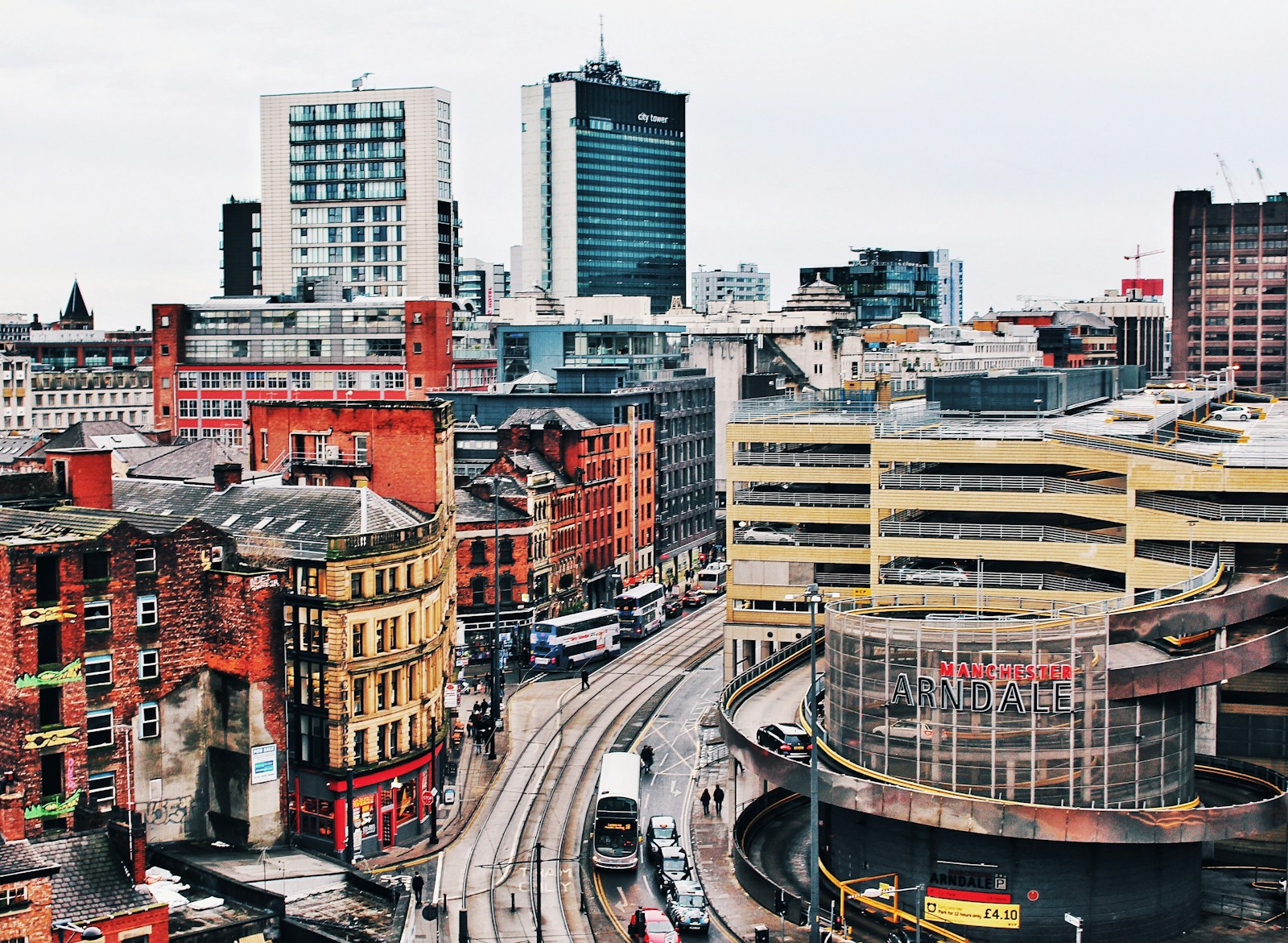As retail continues its shift online, UK high streets face a future where vacant department stores, once bustling economic anchors, are increasingly common. The reality is that retail will not return to its pre-pandemic levels, and the once-mighty department store will likely remain a relic of the past. Instead of waiting for traditional retail to bounce back, local councils and communities must act decisively to reimagine these vast, empty spaces. The most viable solution lies in transforming these buildings into cultural and community hubs that serve as multifunctional spaces, blending immersive experiences, co-working, event venues, and creative incubators.
Why Cultural and Community Investment Is the Only Viable Option
The Death of Traditional Retail
The retail landscape has permanently shifted, with consumer habits embracing online shopping, convenience, and digital experiences. Department stores, which relied on footfall and in-person browsing, have struggled to compete with online retailers that offer broader selections and faster delivery. Even with the best recovery plans, the high street will never return to its former retail-centric glory.
Rather than attempting to lure back large retailers, which are now rare and highly selective, local councils need to recognize that vacant department stores present an opportunity for transformation. These buildings often have prime locations and significant square footage, which makes them ideal for repurposing into mixed-use cultural spaces that can benefit communities and stimulate local economies.
The Best Use: Cultural and Mixed-Use Hubs
Turning empty department stores into cultural and community hubs offers the most sustainable and beneficial future for high streets. These spaces can serve as vibrant centres for local engagement, creativity, and economic regeneration by blending several key elements:
Immersive Experience Incubators Vacant department stores are perfect for housing immersive experience incubators, where local creators and established companies can come together to develop new experiences. These could range from immersive art installations, open-world experiences, competitive socialising ventures (such as interactive gaming or social clubs), and innovation labs where the local community can contribute to new entertainment offerings.
By attracting anchor tenants from the UK’s already-thriving pool of immersive experience producers, such as Secret Cinema or Punchdrunk, these hubs can draw both locals and visitors. At the same time, these spaces can act as incubators for smaller, emerging talent, creating a feedback loop of creativity and investment.
Co-Working Spaces Integrated with Mixed-Use Areas With the shift towards remote working, co-working spaces have become a necessity for freelancers, start-ups, and small businesses. Integrating co-working spaces into these cultural hubs adds a layer of utility, providing a steady stream of local professionals who will use nearby cafés, restaurants, and retail outlets. Combining creative workspaces with immersive experiences allows for collaboration between local entrepreneurs and artists, spurring innovation and community growth.
Event and Exhibition Spaces Large, flexible spaces are ideal for hosting events, exhibitions, and community gatherings. Department stores often have open floor plans, perfect for transformation into event venues that can host anything from art exhibits to live performances, pop-up markets, and conventions. Such spaces would also become venues for local festivals, conferences, and cultural events, attracting regional visitors.
Maker Spaces and Creative Hubs Many towns are already exploring how they can foster local innovation and entrepreneurship by providing maker spaces and creative hubs for artists, designers, and engineers. These spaces allow individuals to work on projects that require specialised tools or equipment, while also fostering a culture of collaboration and learning. Converting portions of vacant department stores into maker spaces and studios would nurture the creative economy, providing tangible support for local talent.
What Happens If We Don’t Act?
If vacant department stores are left undeveloped or waiting for retail’s return, they will likely become decaying monuments to a bygone era. Their deterioration can lead to further declines in footfall, negatively impacting surrounding businesses and making high streets even less attractive to potential investors. Inaction will contribute to a cycle of economic stagnation, where towns miss out on opportunities to grow their cultural and creative industries, ultimately harming local communities.
Steps to Take for Transformation
Engage the Community and Stakeholders The first step is community consultation and engagement with local businesses, artists, and residents to ensure that the transformation aligns with local needs. Councils should invite public feedback on how these spaces could be best used, building local ownership of the project.
Secure Funding and Partnerships Transformation projects of this scale will require significant investment. Councils should explore funding opportunities through government initiatives, such as the Long-Term Plan for Towns, which provides capital and revenue funding for regeneration projects. Additionally, public-private partnerships can help secure further investment from the private sector, while cultural grants can support the development of maker spaces and immersive experiences.
Attract Anchor Tenants The success of these hubs hinges on attracting key tenants from the world of immersive experiences and creative industries. By offering attractive lease terms, flexible zoning, and support for initial development, councils can bring in established names to anchor the project. These tenants will attract visitors and provide credibility to the initiative.
Create Sustainable Business Models Councils should work with developers and stakeholders to create sustainable business models that ensure the longevity of these cultural hubs. Mixed-use spaces allow for multiple streams of revenue—from ticket sales to event hosting, workspace rental, and retail partnerships.
Overcoming the Challenges
Transforming vacant department stores into cultural hubs is not without its challenges. The logistics of repurposing large, aging buildings can be complex, and funding will be a significant hurdle. However, by leveraging government support, public-private partnerships, and local buy-in, these challenges can be addressed.
Councils need to adopt a flexible approach that embraces experimentation. Projects can begin with small-scale pop-ups or temporary installations to test ideas, building momentum for larger developments. The key is to remain adaptable and open to creative uses of space.
A Call to Action
Waiting for retail to recover or letting these buildings sit vacant is not an option. The opportunity is clear: vacant department stores can be transformed into dynamic cultural hubs that stimulate the local economy, foster creativity, and bring communities together. It’s time for local councils to act with urgency, leading the way in repurposing these spaces for the benefit of future generations.
The future of our high streets depends on bold decisions today. Let’s not waste this opportunity—let’s turn our vacant stores into vibrant centres of creativity and community.
Related Content

Impact Assessment: Phantom Peak, Canada Water
Phantom Peak, an immersive, open-world experience located in Surrey Quays, London, has played a role in revitalizing the local area by drawing increased foot traffic, boosting local spending, and contributing to the regeneration of underused spaces. The attraction’s innovative, interactive model has benefited local businesses, residents, and the broader economy.



